Mutation Guide
When litters are generated, there is a small chance that the puppies can have mutations. In addition, users are each allowed to bring in 2 characters with mutations once per IC year. This is to help keep mutations limited as the whole site should not be overflowing with mutated wolves.
Note: During our launch period in summer of Y0, you are allowed to create mutated characters and there is no hard limit other than to not have most of your characters have mutations. Honor the system that they should be rare, or your characters may be denied.
Note: These mutations can pass down to offspring! They can pass down either as a single eye color or as part of mixed eyes, and there is a greater chance of passing down if a parent has a mutation. 







































Important: When a character gets a fur (or eye) mutation, then their mutation will be listed on their profile. However, their genetics are not altered otherwise. You'll see that a character with a somatic mutation and teal eyes will still have a set eye color and a set fur color. That is because the teal eyes and the somatic mutation are hiding their true genes. So when you design a character with mutations in mind, you must also consider what they would look like without the mutation!
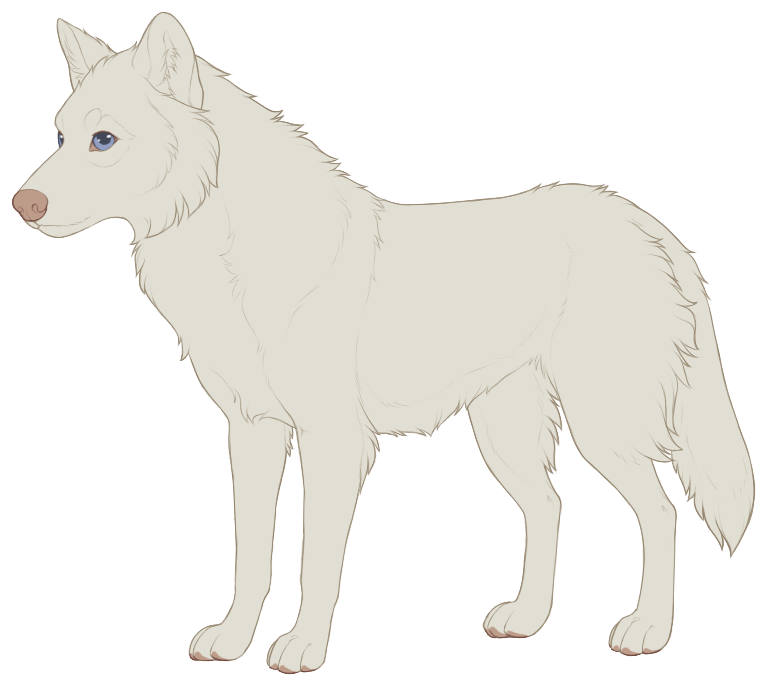
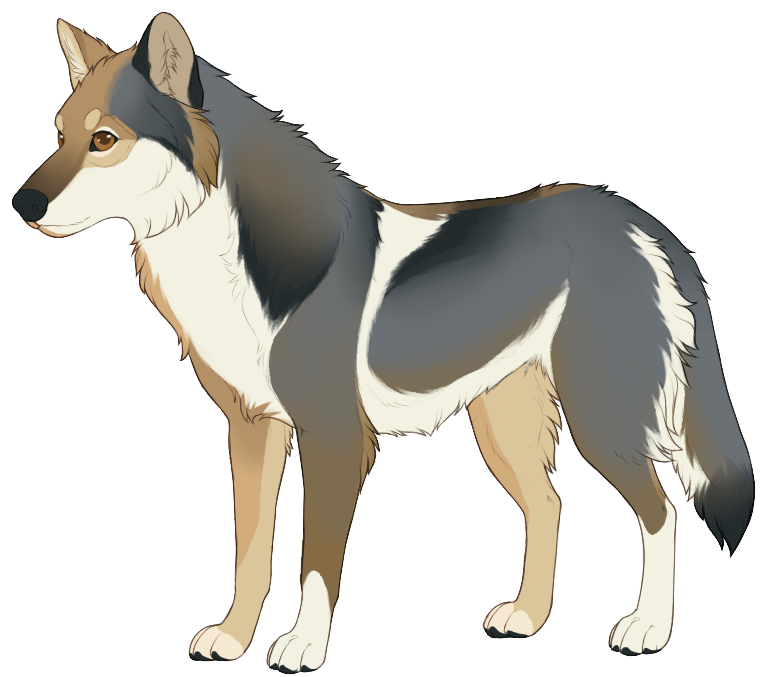
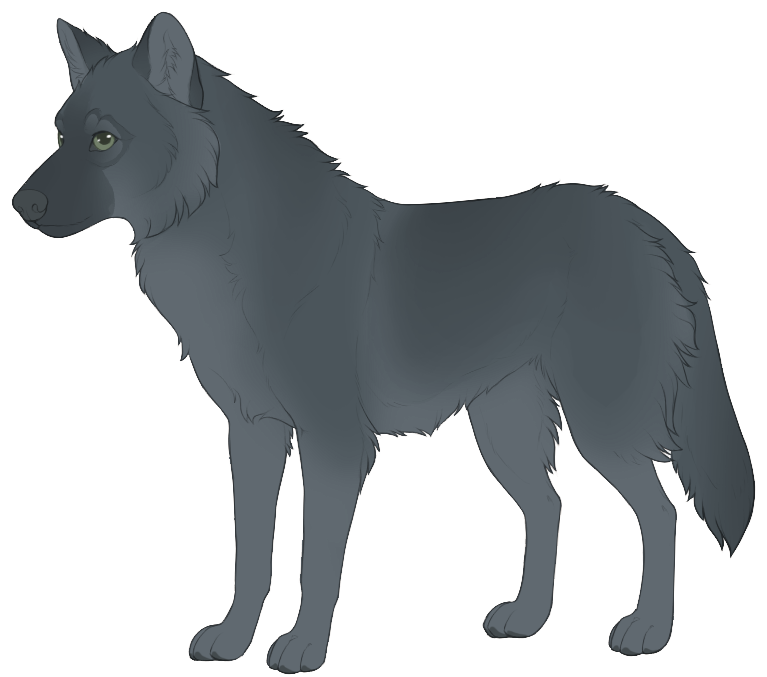
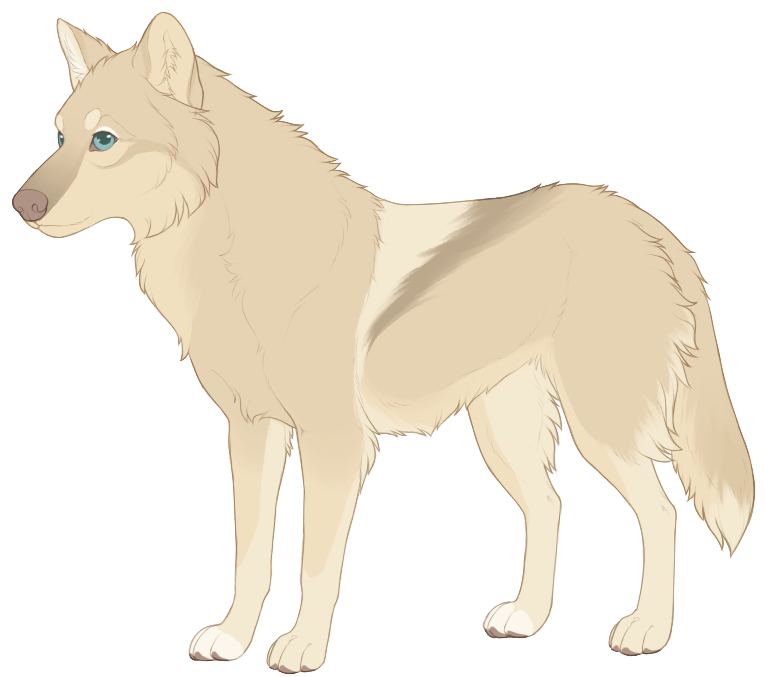
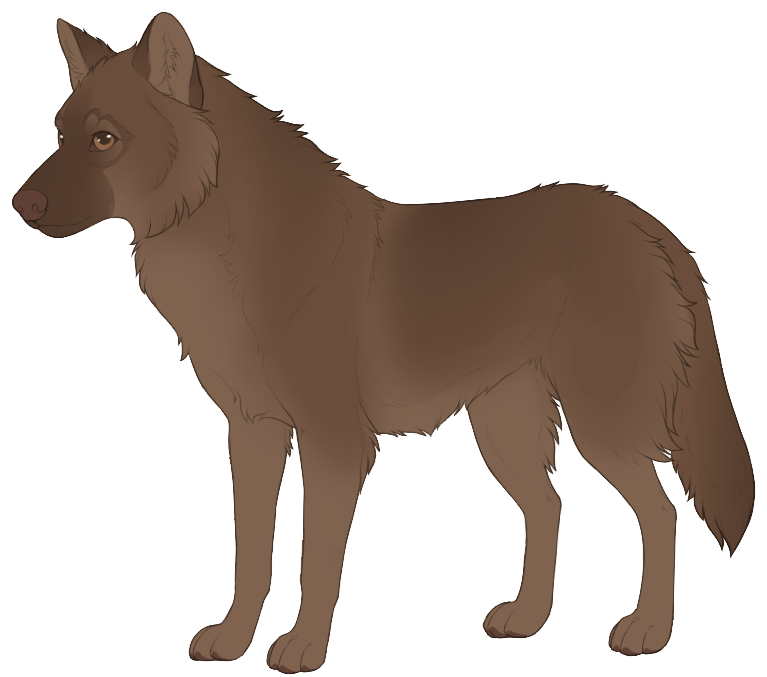
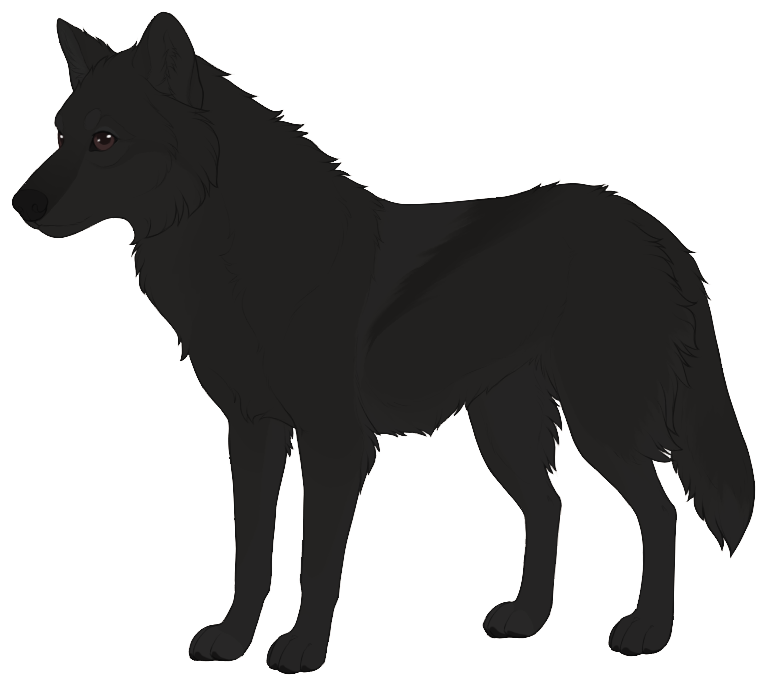
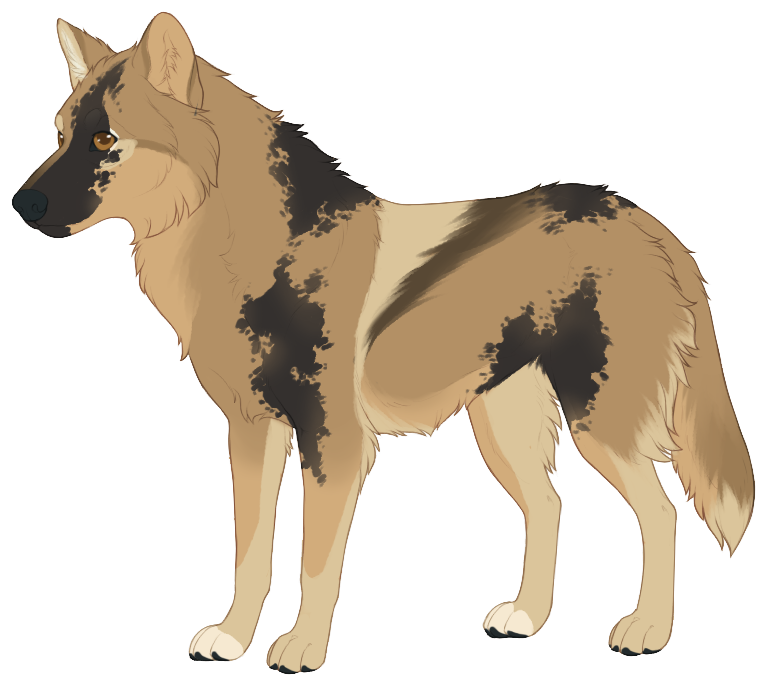
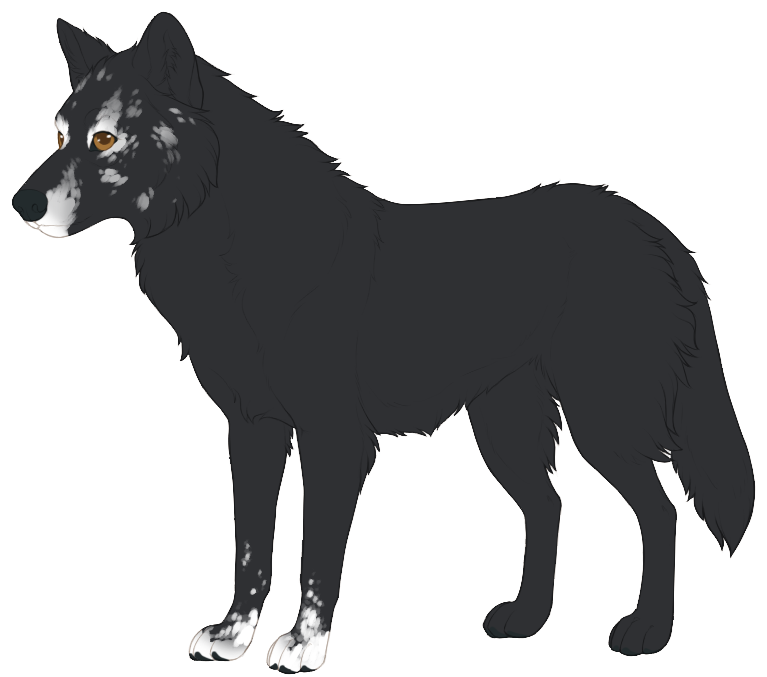
Note: During our launch period in summer of Y0, you are allowed to create mutated characters and there is no hard limit other than to not have most of your characters have mutations. Honor the system that they should be rare, or your characters may be denied.
Eye Mutations
The first bit of mutations to note are eye mutations. There are four possible eye mutations: red, pink, violet, and teal. The swatches below can give you a general idea of the types of eye colors that may fall under these colors.Note: These mutations can pass down to offspring! They can pass down either as a single eye color or as part of mixed eyes, and there is a greater chance of passing down if a parent has a mutation.
Red










Pink










Violet










Teal










Fur Mutations
Much more interesting are fur muations. Fur mutations pull from a variety of real-life genetics and allow us to create some characters that are not exactly wolfy looking. These mutations include: albino, chimera, dilute, leucistic, liver, melanistic, somatic, and vitiligo. Fur mutations entirely change how a character looks, and hides who they are underneath. The tables below will explain what each mutation it is and how it affects the character.Important: When a character gets a fur (or eye) mutation, then their mutation will be listed on their profile. However, their genetics are not altered otherwise. You'll see that a character with a somatic mutation and teal eyes will still have a set eye color and a set fur color. That is because the teal eyes and the somatic mutation are hiding their true genes. So when you design a character with mutations in mind, you must also consider what they would look like without the mutation!
Fur Mutations
Albino

Albino wolves are characterized as a wolf who is solid white with pink skin and pale eyes. The eye color of albinos cannot be red, as red is a color only found in smaller albino animals when the eye color allows the blood to show through. Acceptable eye colors include light blue or light violet. The lack of pigmentation in the eye makes them blue, and the blood in the eye can make them look violet. Albino wolves often have vision or hearing problems (though not always), and are very sensitive to sunlight. Their nose especially may get sunburn if they are out in the sun too long. This little dog is an example of an albino pup - notice how pale hsi eyes and skin are?
Chimera

This example is so pretty, isn't it? Chimeras are a rare trait in which a body is split (most likely down the middle following the spine) by the genetics of two different indivudals. Often, these individuals are merged twins. When designing a chimera you should note that the "default" rolls (the genetic roll for eyes and fur) are the "primary" color and the other half of the character can look however you like. That other half is the "mask" as described above. The two halves of the character can contrast such as black or white, timber or tan - or be subtle like yellow and olive. You can, in fact, have a chimera who is the same on both sides, thus hiding the chimerism. Both halves must be realistic and must be designed based on the character's gene pool. This cute golden retriever is a great example of chimera. He's still golden on both sides, but you can clearly see he's split in half.
Dilute

Dilute turns all black pigment in the fur and on the nose/pawpads gray. Dilute is not a mutation that entirely erases a wolf's design, however! If you rolled a puppy that is dilute and their genetic coat is ginger, then the only parts of their design that is affected is their skin (nose and pawpads) and any parts of their fur that may have black-based coloration. That means that a puppy that would be ginger and black ends up ginger and dilute! Dilute also affects the eyes and generally fades them to light green or a very pale amber/yellow. This cute little corgi is a great example of dilute - his nose and fur are a gray instead of black. If he wasn't dlite he'd be black, tan, and white (or tricolor). Dilute can range from a light gray to an almost-black gray.
Leucistic

Leucisstic is a relative to albino, but some of the color is still expressing. While there is no black pigmentation on a leucsitic wolf, and they are overall cream or light yellow in coloration, they will still have "ghost" markings inherited from their close relatives. They are basically a faded/watered down version of their genome! A leucistic wolf almost always has blue or violet eyes, similar to albino. They are also more sensitive to the sun, and will have dull pink nose and pawpads. Though their skin isn't quite as sensitive as an albino's, they probably also favor the shade. This French Bulldog is an example of how we express Leucism on Nocturne! We, of course, allow a little more deviation into creams/yellows to help it stand out from albino.
Liver

Liver is incredibly similar to dilute! The only difference here is that all black fur and pigmentation is turned brown. That means the nose, pawpads, and skin around the eyes are a brown color rather than black, and any black-based fur has turned brown. This can be in combination with other markings and can create some really beautiful effects. The example here is assumed to be a black wolf with this mutation, thus he is entirely brown. Similar to how dilute affects the eyes, liver dogs will almost always have a lighter amber or gold color to their eyes. this beautiful german shepherd is an example of liver at work - all black pigment has been turned a beautiful dark shade of brown, and you can see the eyes are a soft honey-amber. Shades of liver can range from a lighter brown, to a more rich red brown, to an almsot black (but not quite) brown.
Melanistic

Melanistic is the opposite of albino. It is a mutation in which the melanin in the skin and fur is turned up way too much. Similar to Leucistic, the design may be faintly visible through the character's dark coloration. They may have some patterning to their fur that is indicitive of their genetics, but all pigmentation is black or near-black. They may even be slightly tinted brown. This is a mutation that otherwise masks their true genetic color. Melanistic wolves are not the same as black wolves. Generally their eyes are darker than normal too, often taking on a dark brown, amber, or chestnut coloration. There aren't good examples of melanistic canines, simply because it's hard when natural black is also in the gene pool for wolves, but we can imagine that they are similar to other melanistic animals like the ones seen here.
Somatic Mutation

Somatic mutations are fun in that they apply patches of dark black on random areas. These mutations can be in small patches or spots, in one large patch, or in a variety of different sized patches. Generally they are only visible on wolves who are not black-based. Meaning a gray or black character may hide somatic mutaitons unless they have areas of their body that have other colors. In the case of character design, you would design the character as they are genetically and then apply the black patches as you see fit. Rather than link a singular example for somatic mutations, we'll send you over to these search results.
Vitiligo

Vitiligo is a mutation we're still learning a lot about, but it is assumed to be genetic. It removes pigment almost at random, though it focuses first around the nose, eyes, and paws. This means that characters of any color can have speckles or patches of white where the vitiligo has removed pigment. Vitiligo progresses as an individual gets older and can, eventually, wash out their entire coat with white. In real life, vitiligo only affects black-based pigments, but it is up to you to determine if it affects the other colors of your character here on Nocturne. This redditor posted his dog with vitiligo and how it has progressed over time.
Last Edited: June 24, 2025
Editor: Carey
 Late Summer Y0 |
Sunny |
95°F / 35°C
Late Summer Y0 |
Sunny |
95°F / 35°C










